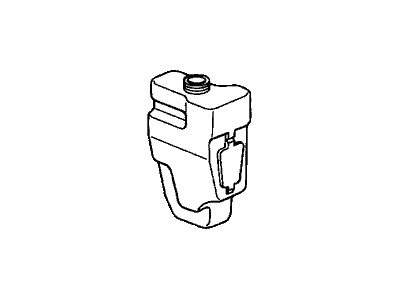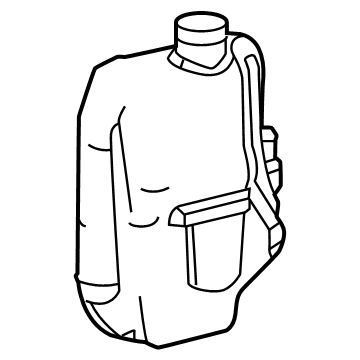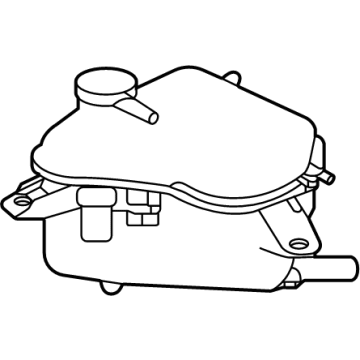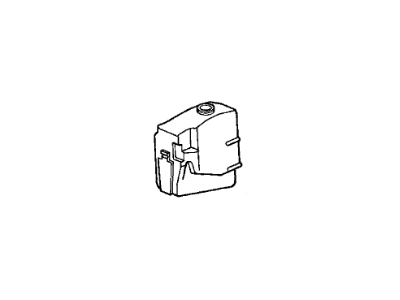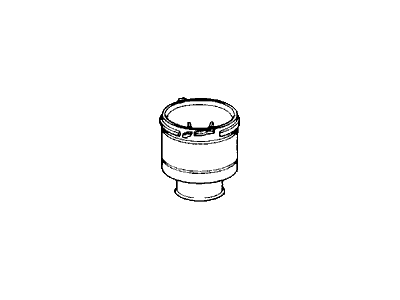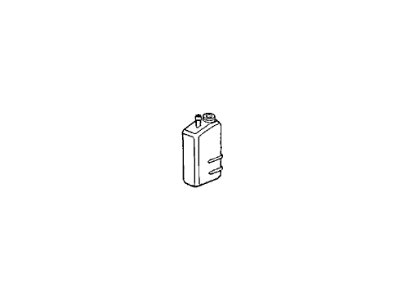×
- Hello
- Login or Register
- Quick Links
- Live Chat
- Track Order
- Parts Availability
- RMA
- Help Center
- Contact Us
- Shop for
- Acura Parts
- Acura Accessories

My Garage
My Account
Cart
Genuine Acura Integra Coolant Reservoir
Coolant Tank Reservoir- Select Vehicle by Model
- Select Vehicle by VIN
Select Vehicle by Model
orMake
Model
Year
Select Vehicle by VIN
For the most accurate results, select vehicle by your VIN (Vehicle Identification Number).
7 Coolant Reservoirs found
Acura Integra Reserve Tank
Part Number: 19101-P72-000$103.07 MSRP: $144.60You Save: $41.53 (29%)Ships in 1-3 Business DaysAcura Integra Tank, Reserve
Part Number: 19101-64A-A00$57.41 MSRP: $80.07You Save: $22.66 (29%)Ships in 1-3 Business DaysAcura Integra Tank, Expansion
Part Number: 19101-5BF-G01$144.54 MSRP: $204.15You Save: $59.61 (30%)Ships in 1-2 Business Days
Acura Integra Coolant Reservoir
We provide a broad range of OEM Acura Integra Coolant Reservoir at unbeatable prices on our website. For your OEM parts, You can count on the guaranteed quality, manufacturer's warranty, outstanding customer service, and prompt delivery. We look forward to your visit.
Acura Integra Coolant Reservoir Parts Questions & Experts Answers
- Q: How to replace a radiator and Coolant Reservoir on Acura Integra?A:To replace the radiator, start by disconnecting the battery cable from the negative terminal. Set the parking brake, raise the front of the vehicle, and support it securely on jackstands. Remove the splash pan beneath the radiator. Drain cooling system and save coolant if it is okay. If vehicle has an automatic transaxle, disconnect cooler lines from radiator and plug them. Disconnect electrical connector(s) for cooling fan motor(s). Loosen hose clamps and remove radiator hoses from fittings. Remove cooling fan(s) and small brackets that attach upper end of radiator to radiator support. Carefully lift out radiator, inspect for leaks or damage, repair if necessary. Clean radiator by spraying with garden hose. Check mounts of radiators for deterioration and replace as needed.Install radiator by guiding into mounts until seated properly.Fill cooling system with proper mixture of antifreeze and water.Start engine check for leaks add more coolant if required.Check fluid level while engine is running.To remove and inspect coolant reservoir find it next to a right front corner of an engine compartment close to a radiator.Follow overflow hose from neck at top of coolant reservoir back to radiator.Remove cap with hose still attached; lift reservoir straight up out of bracket.Pour coolant into container; wash out reservoir.Inspect for cracks or chafing; replace if damaged.Reverse removal procedure when installing reservoir.
Related Acura Integra Parts
Browse by Year
2024 Coolant Reservoir 2023 Coolant Reservoir 2001 Coolant Reservoir 2000 Coolant Reservoir 1999 Coolant Reservoir 1998 Coolant Reservoir 1997 Coolant Reservoir 1996 Coolant Reservoir 1995 Coolant Reservoir 1994 Coolant Reservoir 1993 Coolant Reservoir 1992 Coolant Reservoir 1991 Coolant Reservoir 1990 Coolant Reservoir 1989 Coolant Reservoir 1988 Coolant Reservoir 1987 Coolant Reservoir 1986 Coolant Reservoir
